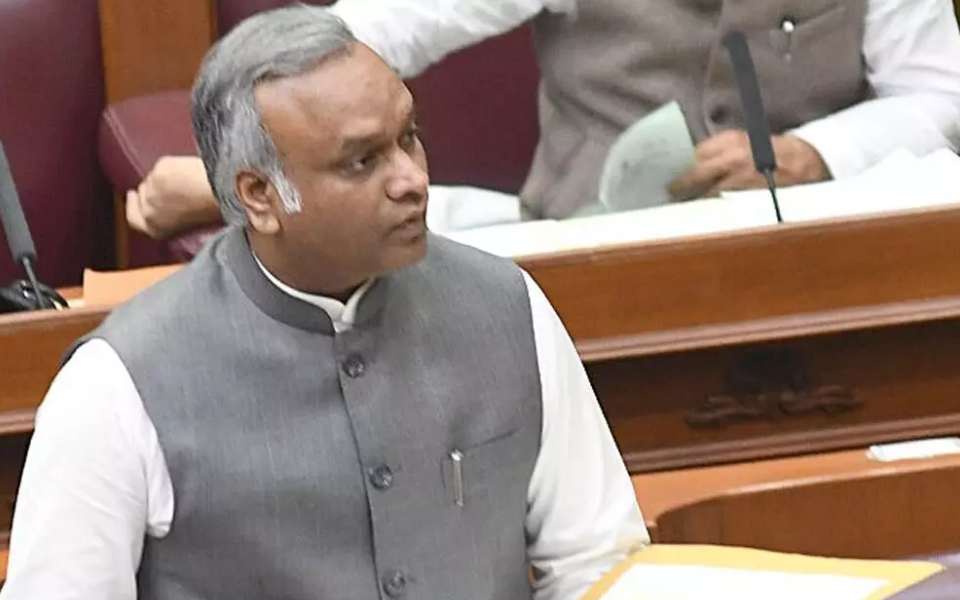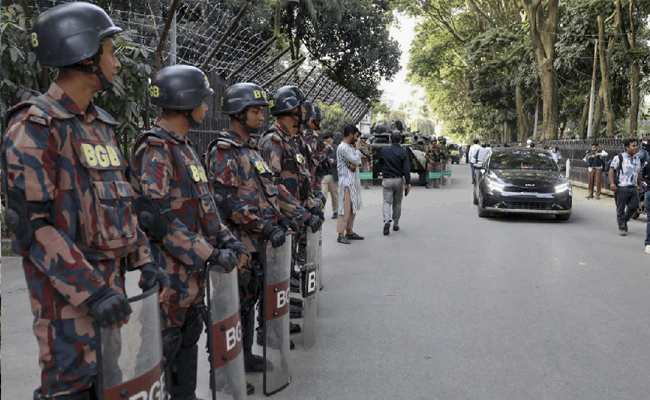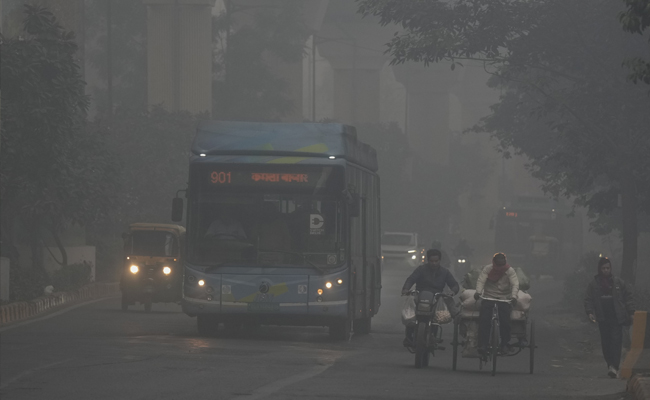Belagavi: Karnataka Rural Development Minister Priyank Kharge on Thursday, responding to a question raised during the question hour in the assembly session, announced that amid drought situation in the state Government will resubmit a proposal to the union government on increasing the days of wage provided for agricultural laborers under the NREGA (National Rural Employment Guarantee Act) to 150 days.
The Minister responding to a question raised by the Congress MLA K. M. Shivalinge Gowda during the question hour, stated that several requests had already been made to the Center(Union Government) to increase the wage days. However, it was not considered. In this background, action will be taken to submit a new proposal from the government.”
He explained, “The Commissioner of Rural Development and Panchayati Raj Department, Principal Secretary, and myself have written to the Union Minister to increase the man-days provided under NREGA to 150 from September 14 to August 19, even before the drought situation was declared.”
ALSO READ: Karnataka govt's 'Yuva Nidhi' unemployment allowance scheme to start from Jan 1
However, Kharge highlighted that despite a response from the central government on the 31st, the Union Rural Development Minister provided wrong information in the Parliament session, claiming that no proposal for increasing man-days under the NREGA scheme had been received.
Let the Truth be known. If you read VB and like VB, please be a VB Supporter and Help us deliver the Truth to one and all.
Dhaka (PTI): The Election Commission (EC) has demanded extra security for its chief, other commissioners and officials as fresh unrest visibly gripped Bangladesh after gunmen shot an upcoming parliamentary polls candidate and frontline leader of last year's violent street movement dubbed 'July Uprising'.
"The EC has written to the Inspector General of Police (IGP) urging comprehensive security arrangements for the Chief Election Commissioner (CEC), Election Commissioners (ECs), senior officials of the Election Commission Secretariat," the state-run BSS news agency reported on late Saturday.
The EC simultaneously sought the extra security for its field-level offices ahead of the 13th national election, as two of them came under attack in southeastern Lakshmipur and southwestern Pirojpur by unidentified miscreants after the announcement of the schedule for the upcoming polls on Thursday.
The commission demanded an additional escort vehicle for the CEC, while one such police escort with a vehicle was currently in place for him. It asked for round-the-clock police escorts for the four commissioners and the senior secretary.
The letter said the enhanced security measures were "urgent and necessary," while EC officials said their 10 regional offices, 64 district election offices and 522 sub-district level offices would store important documents and election materials.
The EC on Thursday said the upcoming parliamentary election would be held on February 12 next year, while a day later, Sharif Osman Hadi was shot from a close range in the head, critically wounding him, as he initiated his election campaign from a constituency in the capital.
Critically ill former prime minister Khaleda Zia's Bangladesh Nationalist Party (BNP) simultaneously asked Muhammad Yunus' government to provide security for all candidates in the upcoming election after the attack on Hadi, who leads a radical right-wing cultural group called Inquiab Mancha.
"We demand that the real culprit be identified immediately and brought under the law, and we call upon this government to ensure the security of all candidates without delay," BNP Secretary General Mirza Fakhrul Islam Alamgir said.
Hadi was also a frontline leader of last year's student-led violent uprising that toppled then-prime minister Sheikh Hasina’s Awami League government on August 5, 2024.
His Inquilab Mancha was also at the forefront of a campaign to disband the Awami League, which the interim government complied with in May this year, disqualifying the party from contesting the polls.
The government on Saturday ordered a nationwide security clampdown called 'Operation Devil Hunt 2' amid escalated fears over the law and order situation and promised to issue firearms licenses for election candidates for their own security.
Home adviser (retd) Lieutenant General Jahangir Alam Chowdhury said the government had taken steps to ensure special security for the "frontline fighters" of the July Uprising and promised to issue firearms licenses for the election candidates.
He emphasised that the second phase of the 'Devil Hunt' was aimed at helping ensure public safety and combat the growing threat of illegal arms.
The operation was initially launched in February this year following protests over an attack on the private house of a former minister of the ousted government in the northern suburb of the capital, when it targeted alleged "henchmen" and supporters of the now disbanded Awami League.





